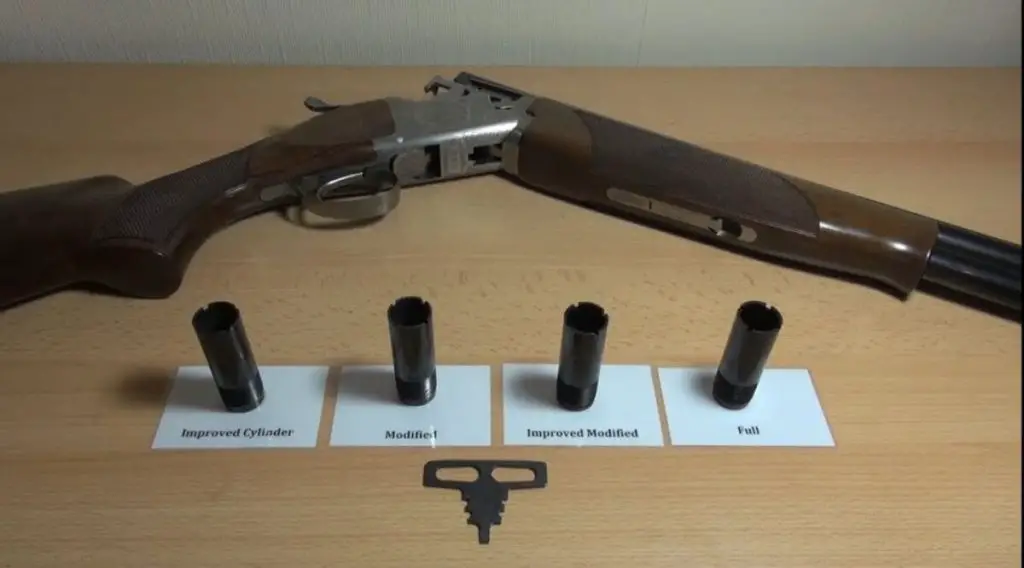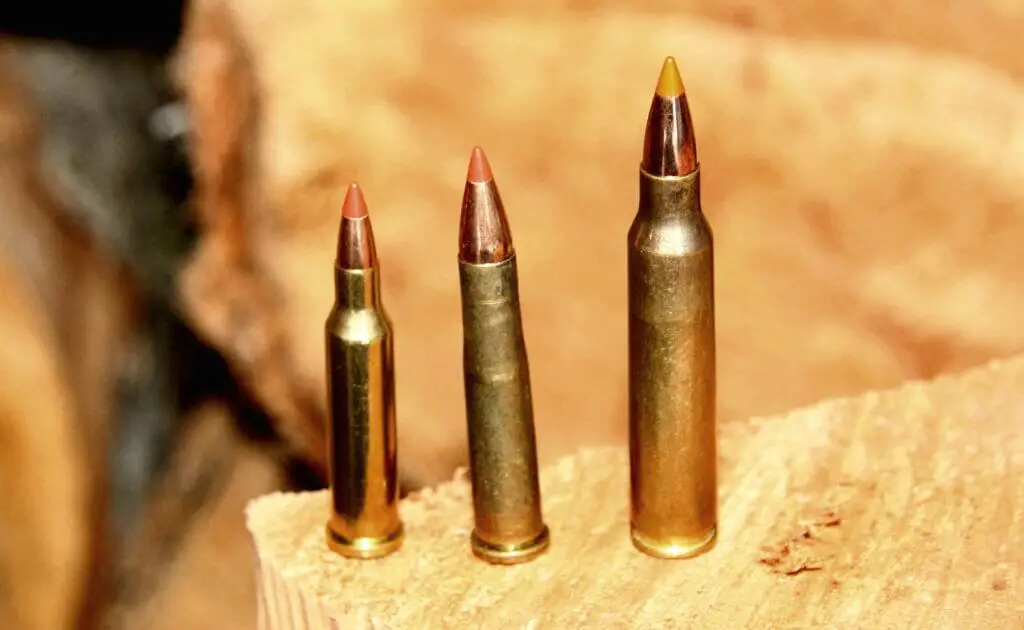In the world of handguns, the Hi-Point .45 pistol holds a polarizing position. Some folks are enamored by its affordability and apparent hardiness, while others are repulsed by perceived issues in design, quality, and functionality. In this blog post, we aim to shed light on this subject and provide an unbiased view towards the potential issues users may face when using this weapon. As we force our way through the dense forest of feedback and professional reviews, we’ll uncover each caveat neatly hidden beneath the foliage of the Hi-Point .45 pistol’s unique appeal.
Tracing the Roots: Hi-Point .45 Overview
Before we delve into the problems, it’s crucial to understand the Hi-Point .45’s background. Manufactured by the Hi-Point Firearms Company based in Ohio, this semi-automatic handgun is praised for its attractive price point, lifetime warranty, and resilience. It’s an American-made firearm that unequivocally signifies the duality of ‘Value for money.’ However, despite its indisputable merits, various drawbacks do surface, detracting from the allure of this wallet-friendly pistol.
Design and Appearance
Bulk and Weight
One of the primary criticisms of the Hi-Point .45 pistol lies in its heavy, unwieldy design. This blowback-operated semi-automatic pistol is heavier than most other handguns due to its concrete-filled polymer frame. The bulky nature of the pistol tends to make it less manageable and can affect quick-draw responsiveness, which is pivotal in self-defense situations.
Slide and Sights
Furthermore, the gun’s toggle-lock system and high slide profile can lead to a higher-than-average bore axis, resulting in greater recoil and a slower return to target. As for the sights, while they are fully adjustable and easy to use, the rear sight is often reported by users to be somewhat loose, requiring repeated adjustments.
Functionality and Usability Concerns
Manual Safety
The manual safety of the Hi-Point.45 pistol is another area of concern. Positioned in an out-of-the-way location, it is inconveniently designed, making it difficult for users to quickly enable or disable when needed.
Slide Lock and Magazine Release
On top of that, the slide does not lock back automatically after the last shot, an essential feature found in most other semi-automatic handguns. The magazine release button is also strangely positioned at the bottom, making magazine changes potentially less efficient and slower, which is especially problematic in tactical or self-defense situations.
Dealing with Hi-Point .45 Problems: Potential Fixes
Recognizing the issues is one part of the solution; fixing them is another. Below are some suggestions on how to address the common problems concerning the Hi-Point .45 pistol.
Getting Accustomed with Weight and Bulk
- Practice Handling: The first and foremost suggestion is practice. Familiarity with the hardware can prove instrumental in negotiating the weight and bulk of the handgun.
- Custom Grips: Purchasing and installing custom grips can also help mitigate some of the handling difficulties associated with the gun’s size.
Sights and Slide Fixes
- Tightening the rear sight or using a thread locker can solve the issue of the loose rear sight, while adding aftermarket sights is a viable route for a more permanent solution.
- To circumvent the issue of not having an automatic slide lock, practice and muscle memory are all-important. Train yourself to visually check the slide status after you’ve fired what you believe to be your last round.
Fixing the Safety and Magazine Release issues
- For the manual safety, practice is crucial. With enough handling and usage, the safety mechanism will become second nature.
- On the matter of the magazine release, practicing the so-called ‘European style’ mag changes can help. Furthermore, also consider getting an extended mag release to rectify this issue.
Despite the Hi-Point .45 pistol’s shortcomings, it is important to consider it within its price range. While it might not be on par with more expensive pistols, it certainly can be used reliably for self-defense or as a prepping weapon. By understanding and addressing its unique issues, users can improve their experience with this value-for-money firearm.
Frequently Asked Questions
1. Why do Hi-Points have a bad reputation?
Hi-Point firearms have gained a reputation for being low-cost, utilitarian handguns. Some factors contributing to their poor reputation include their heavy weight, lack of aesthetics, perceived low quality of materials used, and limited customer service.
2. Why don’t people like Hi-Point?
There are various reasons why people may not prefer Hi-Point firearms. Some individuals prioritize aesthetics and prefer handguns with sleek designs. Additionally, the weight and handling characteristics of Hi-Points may not suit everyone’s preferences. The perceived lack of prestige associated with the brand may also contribute to their lack of popularity among some firearm enthusiasts.
3. Do Hi-Points jam?
While Hi-Points have been known to have occasional reliability issues, such as failures to feed or failures to eject, the frequency of these malfunctions can be subjective. Many owners report that Hi-Points have improved in terms of reliability over the years, but proper maintenance and use of quality ammunition can enhance their performance.
4. Why are Hi-Points so cheap?
Hi-Points are often more affordable when compared to other handgun brands because they utilize cost-effective manufacturing processes and materials. Hi-Point firearms are constructed using zinc alloy frames and polymer grips, which help keep the production costs down. This allows them to be priced more affordably and accessible to budget-conscious buyers.
5. Are Hi-Points reliable for self-defense?
While Hi-Point pistols may not be the ideal choice for all individuals, many owners find them reliable enough for self-defense purposes. Like any firearm, their reliability can vary based on factors such as maintenance, ammunition quality, and individual handling. It is important to practice proper maintenance protocols and use quality ammunition to ensure optimal performance.
6. Do Hi-Points have warranty coverage?
Yes, Hi-Point firearms come with a lifetime warranty. This means that if you experience any issues with your Hi-Point pistol, the company will repair or replace it free of charge. However, it is essential to familiarize yourself with the warranty terms and conditions and follow the appropriate procedures for warranty claims.
7. Can Hi-Points be easily customized?
While Hi-Points may not have the widest range of aftermarket accessories compared to more popular brands, there are customization options available. Some companies produce aftermarket parts, such as grips, sights, and accessories specific to Hi-Point firearms. These modifications can help improve the aesthetics and ergonomics of the pistols to better suit individual preferences.
8. Are spare parts readily available for Hi-Point pistols?
Yes, Hi-Point provides spare parts for their firearms, which can be purchased through their official website or authorized dealers. Additionally, there are various third-party vendors that offer aftermarket parts and upgrades for Hi-Points. Ensuring the availability of spare parts should be considered when purchasing any firearm.
9. Are Hi-Points accurate?
The accuracy of any firearm ultimately depends on various factors, including the shooter’s skill, trigger control, ammunition quality, and the firearm itself. While Hi-Point handguns are not often praised for their inherent accuracy, many owners find them capable of delivering satisfactory accuracy within practical self-defense distances. Consistent practice and finding the right ammunition can help optimize accuracy.
10. Can Hi-Point pistols be used for concealed carry?
While Hi-Point pistols may not be the most ideal choice for concealed carry due to their larger size and weight compared to other compact handguns, they can still be carried concealed by those willing to accommodate their limitations. Adequate holster selection, clothing choices, and proper concealment techniques are essential to effectively carry a Hi-Point pistol concealed.
- How to Put a Scope on a Mosin Infantry in Tarkov: A Quick Guide - November 7, 2024
- How to Edit a Scope Box in Revit: A Step-by-Step Guide - November 6, 2024
- How to Put a Scope on Mosin Tarkov: Expert Tips for Gamers - November 6, 2024


